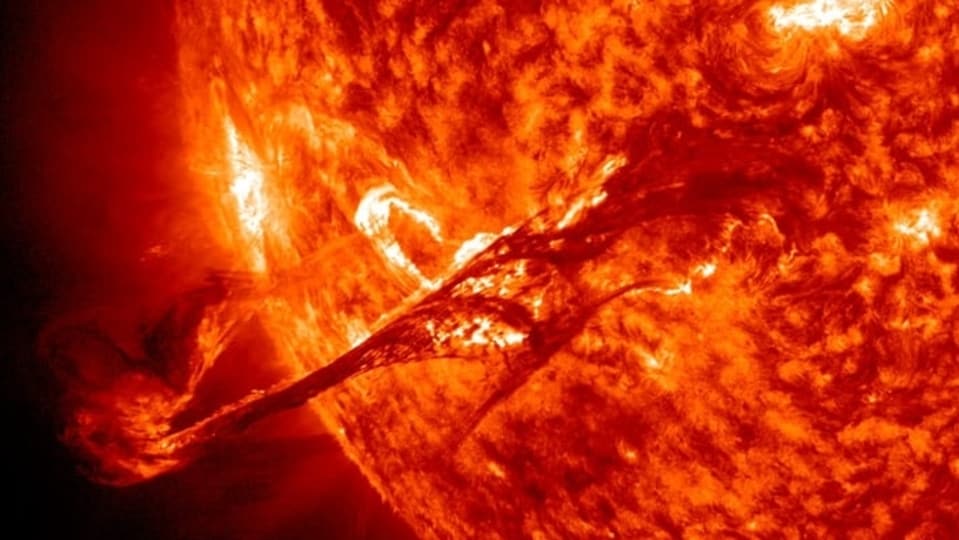Sun BLAST hits Earth! Solar storm, blackouts and unstable sunspot; Check what’s happening
The Sun has virtually gone berserk in the last 24 hours spewing out humongous amounts of energy. The Earth has suffered a solar storm, a separate radio blackout event in the Pacific region and there is an unstable sunspot which has doubled in size.






 View all Images
View all ImagesIt appears that the brief break period from solar disturbances for our planet is over. The Earth has just undergone a terrifying 24 hours where it experienced a solar storm, a separate event of solar flare eruption and there is an unstable sunspot which has doubled in this period. While the solar storm was a minor one and did not do much damage, the solar flare eruption resulted in radio blackouts in the pacific region that impacted some parts of Australia, New Zealand and South America. The threats of further solar storm attacks are also on the rise with the growing sunspot.
The incidents were reported by SpaceWeather.com. On the solar flare, it noted, “Two days ago, sunspot AR3213 didn't even exist. Now it stretches almost 100,000 km across the surface of the sun with at least two dark cores larger than Earth. The fast-growing spot is crackling with solar flares. The strongest so far, an M6-class flare on Feb 7th (2307 UTC), caused a shortwave radio blackout over the Pacific Ocean”. Separately, a G1-class solar storm event also occurred yesterday unrelated to this. The doubling sunspot is the same one which caused the M-class solar flare and it is expected that more such flares might be coming in the next few days.
Earth suffers solar storms and radio blackouts
The solar storm was caused by fast-moving solar winds which did not amount to much. It was a minor G1-class solar storm and resulted in just brief aurora displays in the northern hemisphere. However, the solar flare eruption within the AR3213 had concerning consequences for our planet. The M6-class flare was strong enough to block low-frequency communication waves in the pacific region and caused a radio blackout. This in particular affected mariners and ham radio operators who use frequencies below 30 MHz for at least an hour after the flare.
However, this does not seem like the end to our problems as the sunspot is likely to stay geoeffective for the next few days. Additionally, another sunspot is emerging over the sun's southeastern limb. This is the same sunspot that caused a far side explosion recently. The combination of both of these sunspots existing together could spell a disaster for us.
Catch all the Latest Tech News, Mobile News, Laptop News, Gaming news, Wearables News , How To News, also keep up with us on Whatsapp channel,Twitter, Facebook, Google News, and Instagram. For our latest videos, subscribe to our YouTube channel.































